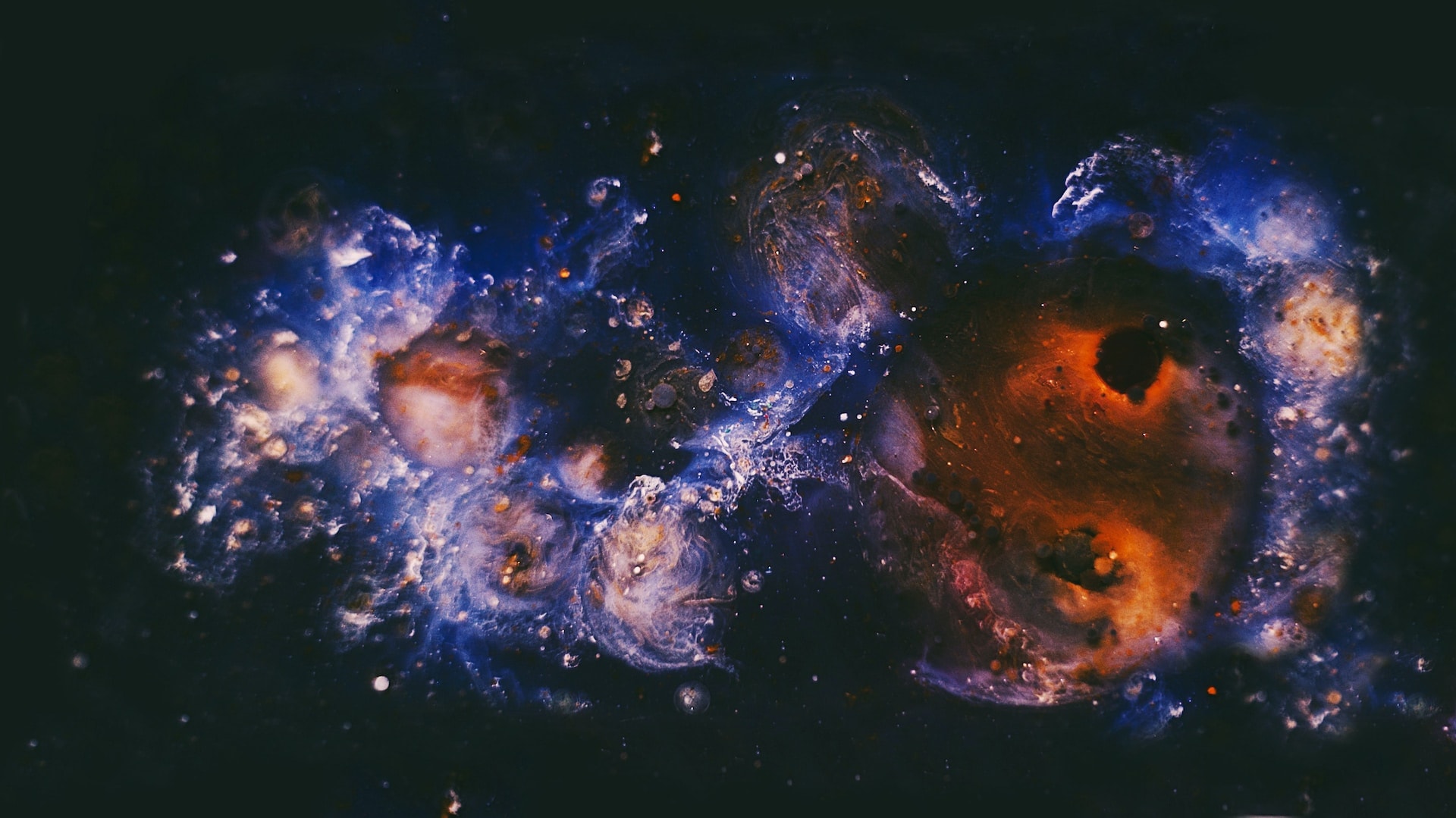
The earth rotates on its axis at a speed of about 1,000 miles per hour, and it orbits the sun at a speed of 67,000 mph. A single line tracing your ride for the past year would be a 584-million-mile ellipse with 365 elongated loops. Funny—despite the long schlep, your senses missed the ellipse and every loop.
Nor do they alert you to the 10,000 muons that pass through you every minute (or the 100 trillion neutrinos that pass through you every second). And even though millions of the world’s cell phone calls are in the air around you, as real as the light that enables you to read these words—without cell phones to do what your eyes, ears, mouth, nose, and skin can’t, you’d never know about them, including the texts and calls meant for you.
And though matter is solid to the touch, we all learned young about the atomic model, with electrons orbiting the nucleus, which means matter is mostly empty space. However, according to quantum theory, particles exist only as waves, which are smeared over space but, following the Schrödinger wave equation, collapse into particles, yet only when measured. And even then, according to the Heisenberg uncertainty principle, we can determine either their location or momentum, not both.
We know the outside world only through our brains, which remain encased in absolute darkness, and whatever gets in does so only as electrical signals. Genesis 1:1-27 exposes the reality of an external world apart from our consciousness, but I wonder about the gap between that external world and how it’s filtered by our senses. That is, what’s the difference between the tree outside my window and the neural wiring in my brain that imprints the image of that tree into my head? What’s lost in translation from the tree to my consciousness of it?
Centuries ago Immanuel Kant separated the noumenon, the world as it really is, in and of itself (das ding an sich), from the phenomenon, the world as it appears to us after being sifted and categorized by our brains. Taking Kant to extremes (they would say to his logical conclusion), some later argued that because all we can know of the external world are our own ideas about it—why not ditch the notion of an external world to begin with?
The real lesson, I think, in this gap between noumenon and phenomenon, between reality itself and our limited views of it, is just how much greater the creation is from how it appears to us. Scripture points to a reality richer and deeper than the dogmatic materialism that now dominates the noosphere. Angels (fallen and unfallen), the great controversy, the dead raised, God’s speaking the world into existence, the promise of salvation, Christ feeding the 5,000, the Second Coming—the reality that Scripture unveils, by default, exposes the poverty of a worldview that limits existence to what we can in principle detect with our senses (even aided by things like the large Hadron Collider), or to what can be scientifically quantified and theorized. Left to ourselves, we know so little, and how much of the little we know is wrong anyway? One day, though, we will learn what we really knew (1 Cor. 13:12), and what we really didn’t (1 Cor. 4:5).